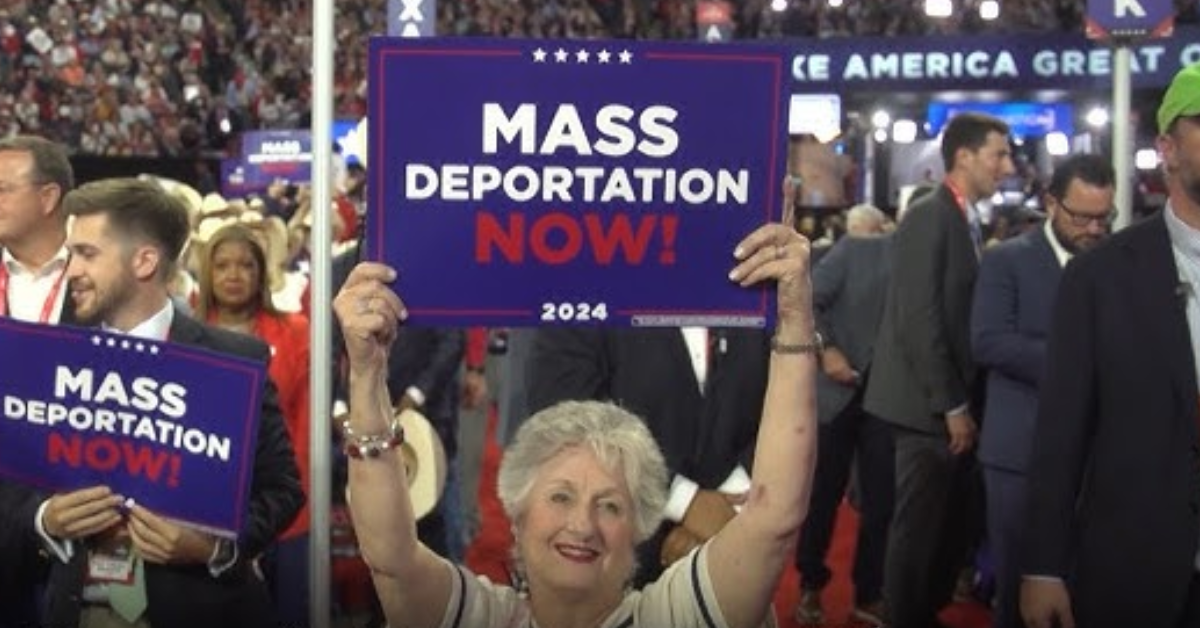Will NYC’s Sanctuary Status Stand Against Trump’s Deportation Plans?
President-elect Donald Trump’s announcement to deport millions of undocumented immigrants, fear and uncertainty are spreading among migrant communities in New York. Trump’s stance is creating anxiety for thousands of immigrants who are unsure about their futures in the U.S.
Trump’s choice for a lead immigration enforcement officer, Tom Homan, recently declared that they plan to proceed with the deportations, even if cities like New York don’t cooperate. “We’ll know who we’re going to arrest, where we’re most likely to find ’em,” said Homan. His words have left many wondering what this means for the sanctuary city status New York City has upheld.
NYC’s Response: Mayor Eric Adams Takes a Stand
New York City Mayor Eric Adams responded to the deportation concerns by emphasizing that city resources would not be used to support federal immigration enforcement, stating, “The city rules are clear — no city resources can be used to cooperate or collaborate with ICE.” Adams, however, hinted at possible changes to these rules, recognizing the need for discussions with the new administration.
Tom Homan, on the other hand, indicated that if New York City refuses to help the Department of Homeland Security (DHS) with deportations, they may send more immigration agents to enforce the plan. This move has set the stage for what some call a “battle” between the federal government and local authorities. J.C. Polanco, a legal expert, says this could lead to a legal showdown that may ultimately reach the Supreme Court.
A Fight Between Federal and Local Powers
This confrontation between federal and local powers raises big questions: can a city ignore federal immigration laws? Can it prevent federal officers from enforcing these laws within its limits? The answers to these questions may ultimately shape the future of sanctuary cities across the United States.
According to Polanco, “What’s at stake is the ability of a locality to uphold federal immigration laws while also protecting its residents from deportation.” This legal challenge could impact not only New York City but also other sanctuary cities that follow similar practices.
Real-Life Impact: The Stories Behind the Policies
For migrants in New York, the news is causing fear and anxiety. Diana Rosales, who recently arrived in New York with her newborn, said she feels trapped. “Yes, I’m afraid because I have nowhere to go, and I’m in a difficult situation,” she shared. Her baby’s father was detained, leaving her to face this uncertainty alone.
Organizations like the one led by Power Malu are stepping up to provide legal aid and support to migrants like Diana. “Migrants come to us asking, ‘What do we do now?’” says Malu, who works to connect immigrants with legal resources. Malu emphasizes that it’s essential for migrants to be cautious and avoid sharing personal information with anyone other than trusted authorities.
Despite this, the uncertainty around Trump’s immigration policies is leaving people like Diana unsure of what the future holds. “I came here to work, not to commit crimes or steal,” she said. For many, this is a matter of survival and the chance to build a life without fear.
What Comes Next?
The conflict over sanctuary city protections may be long and drawn out, potentially reaching the highest courts in the U.S. The decisions made in the coming months will not only impact New York but could set precedents for how sanctuary cities across the nation handle immigration enforcement.
For now, New York City’s immigrant communities are waiting and hoping for solutions that will allow them to continue building their lives here. The coming weeks will be critical as local and federal officials negotiate the terms of what sanctuary cities can and cannot do. The outcome will likely shape the future for thousands of immigrants looking to make the United States their home.

